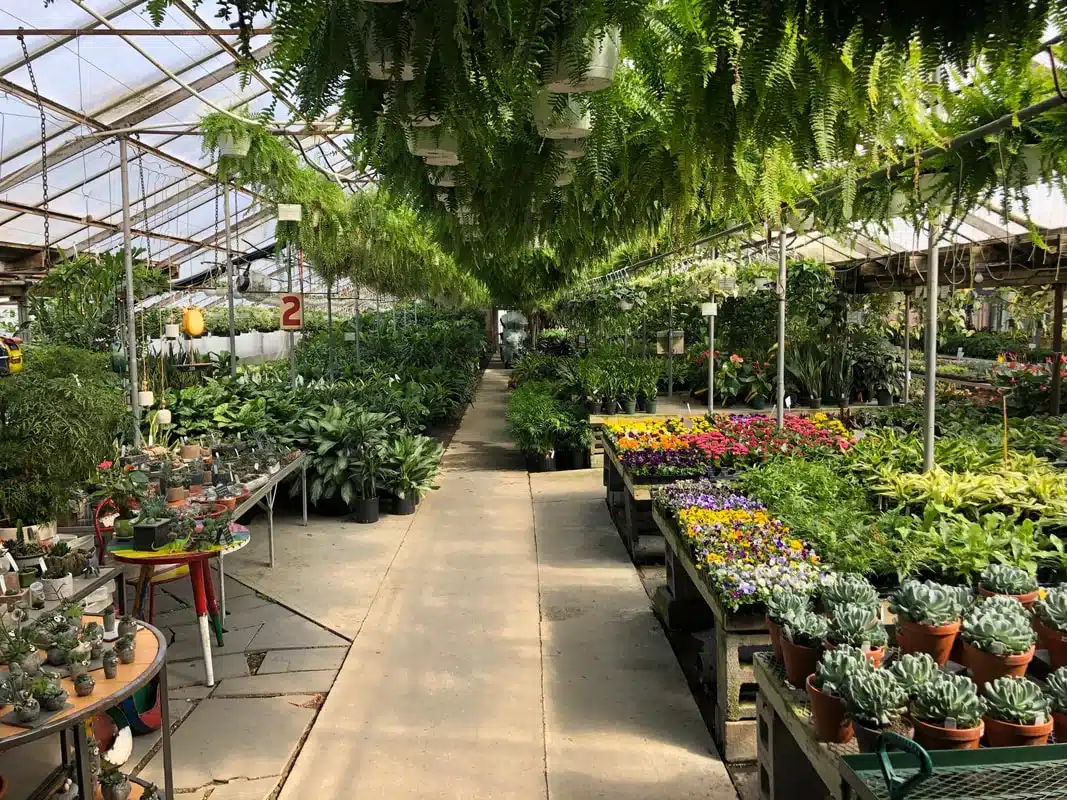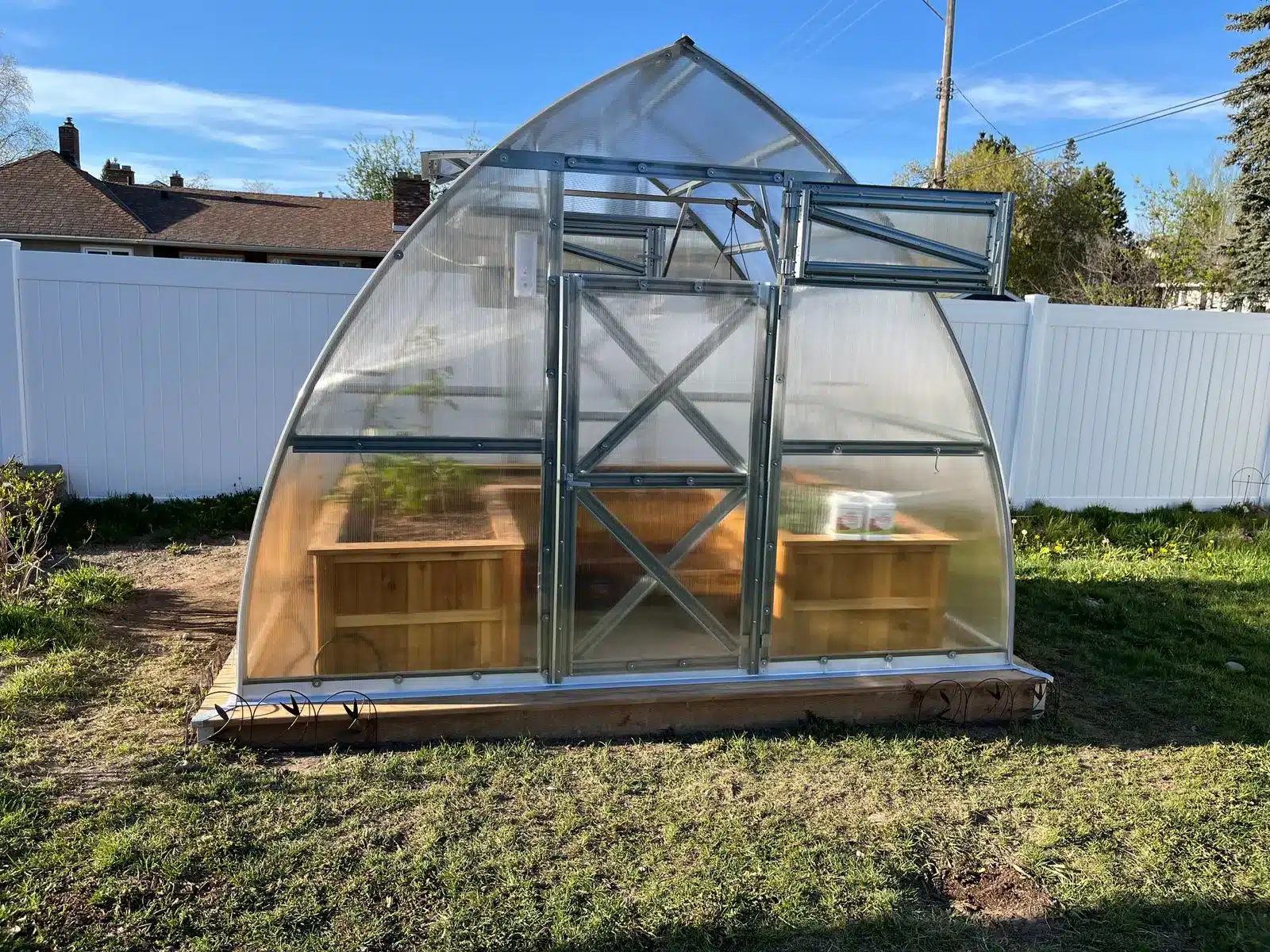State Guide: Buying Greenhouses in Vermont
Are you looking for greenhouses for sale in Vermont? Read on before making your purchase.
Vermont Climate Overview
Winters
Long and cold, with temperatures frequently dropping below 0°F in some regions. Snowfall averages 79 inches annually, with higher amounts in mountainous areas. Vermont farmers have adapted through high tunnel greenhouses to protect cold-hardy crops like kale and spinach, while maple producers leverage the freeze-thaw cycles for optimal syrup production.
Summers
Warm and humid, with average highs in the upper 70s°F to low 80s°F. These conditions are particularly favorable for Vermont's dairy industry and growing traditional crops like sweet corn and pumpkins, though increasing humidity levels require careful management of fungal diseases in high-value crops.
Precipitation
Vermont receives 43–55 inches of rainfall annually, with thunderstorms contributing to localized flooding during summer. This abundant moisture supports Vermont's famous hay production and pastureland, but requires careful soil management and drainage systems for vegetable operations.
Growing Zones
USDA Zones 3–5, with colder zones in the northern and higher elevation areas. These zones particularly suit Vermont's apple orchards and berry farms, while also supporting an emerging wine grape industry in the warmer microclimates of the Champlain Valley.
Challenges for Growing in Vermont
Short Growing Season
Frost-free days range from mid-May to early October (about 4–5 months). Vermont farmers have responded by developing season extension techniques, including succession planting and the use of row covers, particularly beneficial for the state’s expanding organic vegetable sector.
Heavy Snowfall
Snow accumulation can damage outdoor crops and delay spring planting. Many Vermont farms now incorporate structural reinforcement in their greenhouse designs and implement early season soil preparation strategies to minimize planting delays.
Flooding Risk
Heavy rains and snowmelt can lead to soil erosion and waterlogging. Vermont’s agricultural community has developed extensive watershed management practices, particularly important for protecting the state’s vital dairy pastures and riverside vegetable operations.
Temperature Extremes
Sudden frosts during spring and fall can harm plants. Vermont growers have become adept at microclimate management, using techniques like thermal mass storage and frost protection systems to protect sensitive crops, especially important for the state’s growing berry and tree fruit industries.

Benefits of Greenhouses in Vermont
- Extending the growing season to 7–10 months or enabling year-round cultivation.
- Protecting crops from frost, snow, heavy rain, and wind damage.
- Providing a controlled environment for temperature-sensitive plants.
- Allowing growers to experiment with tropical or heat-loving crops not suited to Vermont’s outdoor climate.
Best Greenhouse Designs for Vermont

Permits & Policies for Vermont Greenhouses
| Local Policies | Greenhouse Requirement |
|---|---|
| Agricultural Exemptions | Farm structures used solely for agricultural purposes may qualify for permit exemptions. |
| Building Permits | Greenhouses exceeding specific size thresholds require building permits, varying by locality. |
| Municipal Codes | Regulations in urban areas are often stricter than those in rural zones. |
| Environmental Compliance | Greenhouses must meet water runoff and soil erosion standards where applicable. |
| Energy-Efficient Designs | State grants and federal REAP (Rural Energy for America Program) funding are available to support renewable energy systems. |
| Site Planning | Farmers must submit a detailed site plan to their local Zoning Administrator, including dimensions and setback distances. |
Greenhouse Solutions for Vermont Farms
| Growth Challenges | Greenhouse Benefits |
|---|---|
| Short Growing Season | Extend cultivation periods with climate-controlled environments. |
| Harsh Winters | Protect crops from snow, heavy rains, and extreme temperature swings. |
| Unpredictable Frosts | Safeguard early or late-season crops vulnerable to frost damage. |
| Pest and Disease Risks | Enclosed systems reduce exposure to pests and soil-borne diseases. |
| Market Demands | Meet consumer demand for fresh produce throughout the year. |
Best Plants & Crops for Vermont Greenhouses
| Plant Type | Best Species |
|---|---|
| Vegetables | Tomatoes, cucumbers, bell peppers, spinach, kale, Swiss chard |
| Fruits | Strawberries, raspberries, blueberries, dwarf citrus trees (with heating) |
| Herbs | Basil, oregano, parsley, cilantro, thyme |
| Flowers | Pansies, petunias, marigolds, zinnias, chrysanthemums |
| Cold-Hardy Plants | Broccoli, cauliflower, Brussels sprouts, asparagus |
| Specialty Crops | Hydroponic lettuce, microgreens, culinary mushrooms, cannabis (where legal) |
